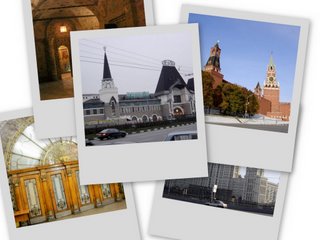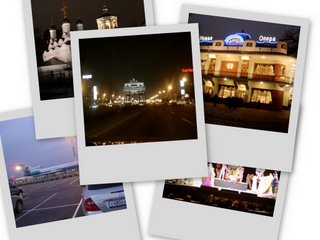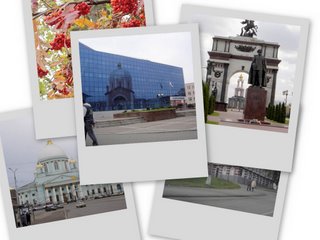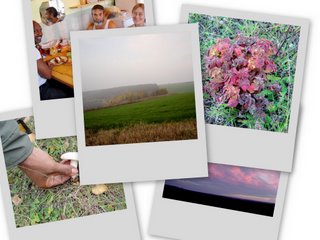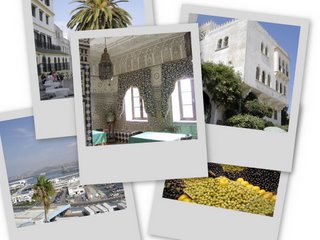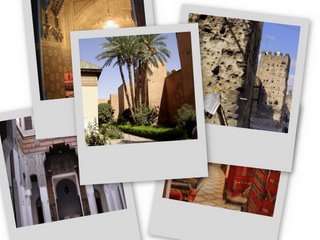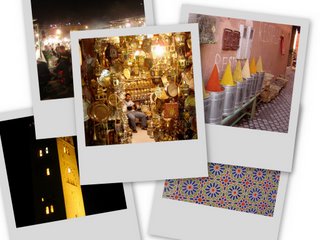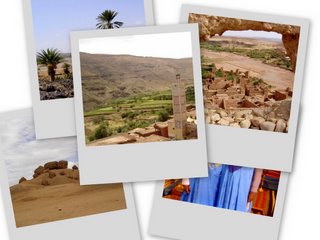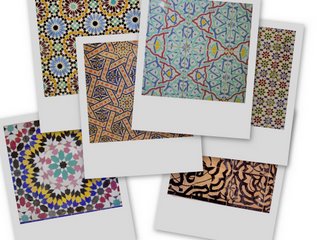 Heavy on German flavour, but still unmistakably French - Alsace is the blond region of France, where fair-haired people have their local pizza, flammekueche, with silky crème fraîche and wash down pale choucroute with fine white wine.
Heavy on German flavour, but still unmistakably French - Alsace is the blond region of France, where fair-haired people have their local pizza, flammekueche, with silky crème fraîche and wash down pale choucroute with fine white wine.
The capital of Alsace, Strasbourg is a French city with a German name and because of this symbolism it was made the seat of the European Parliament and, most likely, will remain so despite EU-wide campaigns against this extravagant arrangement.
Strasbourg's historical centre, a comely blend of architectural trends from both sides of the Rhine, is a UNESCO World Heritage Site. Its most famous landmark, La Cathédrale de Strasbourg became, when it was finished in 1439, the first building that surpassed the Great Pyramid of Giza in height. The light-and-sound show staged here invariably attracts large crowds on summer nights.
Thanks to the Europe's Inland Waterways System, Strasbourg is exactly halfway between Paris and Prague by boat and boasts second largest river port on the Rhine after Duisburg. Its riverside is very handsome with most tourist attractions visible from the tourist boat.
But the real beauty of Alsace is in its countryside. Wedged between the Vosges Mountains and the Rhine, Alsatian vineyards yield fruity, full-bodied yet not sweet white wines, quite unlike anything elsewhere - their top variety, Riesling, with most delicious berry and fruit overtones could be the best earthly approximation to the ambrosia. Meandering through a picturesque landscape roughly between Strasbourg and Mulhouse, the Route des Vins d'Alsace offers a feast both for the eye and the palate.
Our tour of the area took us first to the fairytale-like Château du Haut-Koenigsbourg. Dating back to 1114, it owes its present romantic look to a major 19th-century restoration commissioned by Kaiser Wilhelm II for purposes of asserting German authority in the then newly annexed territory. Inside it boasts spectacularly recreated Gothic and Renaissance interiors and, sitting almost 750 metres above the Alsatian plain, commands stunning views of the surrounding countryside.
Short on time on just a long weekend, we opted for the famous Ribeauvillé out of the tantalizing number of scenic villages in the area. A pretty random choice of the restaurant for lunch there afforded us with an almost ritual-like experience of local specialty, choucroute garnie. It turned out that the proudly mysterious air of the maître-d' and waitresses was not put on for nothing: who would think that humble sauerkraut, ham, pork sausages and boiled spuds can make an exquisite gourmet meal and make a delightful combination with a grand cru Riesling! The lunch took considerably more time than the quick bite we planned, but the framed sign on the wall "Cuisine is an art, art takes time" aptly worded a justification for the long wait.Down the road, the village of Eguisheim is laid out within three concentric rings of 13th- century ramparts. Reputed as the most visited village in France, it is constantly abuzz with crowds shopping for crates of its many famous grands crus.
The best preserved town in Alsace and the symbolic capital of the wine region, Colmar is toe-twirlingly pretty. Brightly coloured half-timbered houses crowded along its cobbled streets and cozy cafés most photogenically tucked on the sides of diminutive canals make it an ideal romantic getaway.
++++++
Previous posts:
Autumn In Russia: Moscow, Kursk, Korennaya Pustyn 9 Countries On A Weekend The Twee Town of Haarlem Mueang Boraan (Ancient City), Thailand


